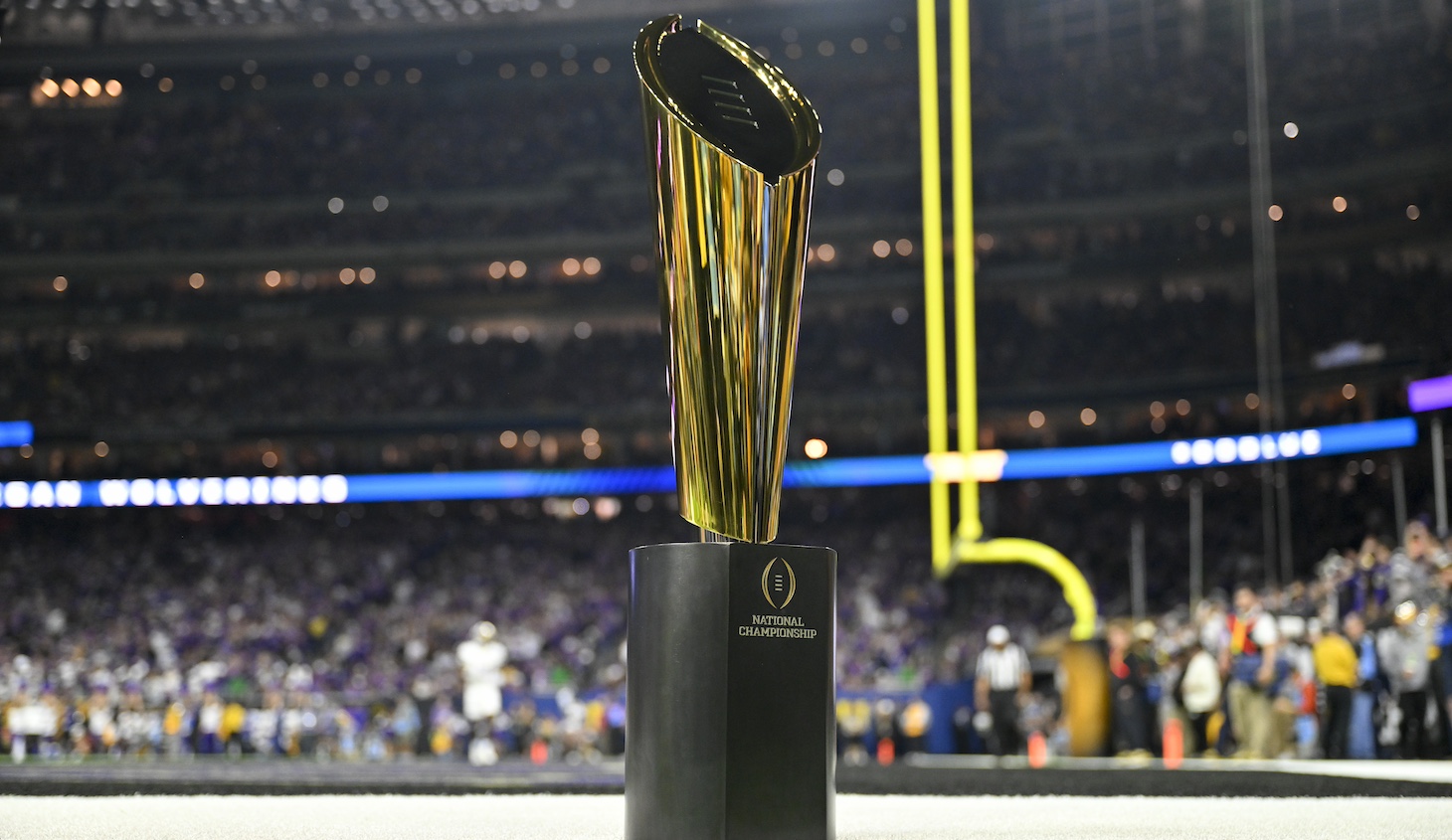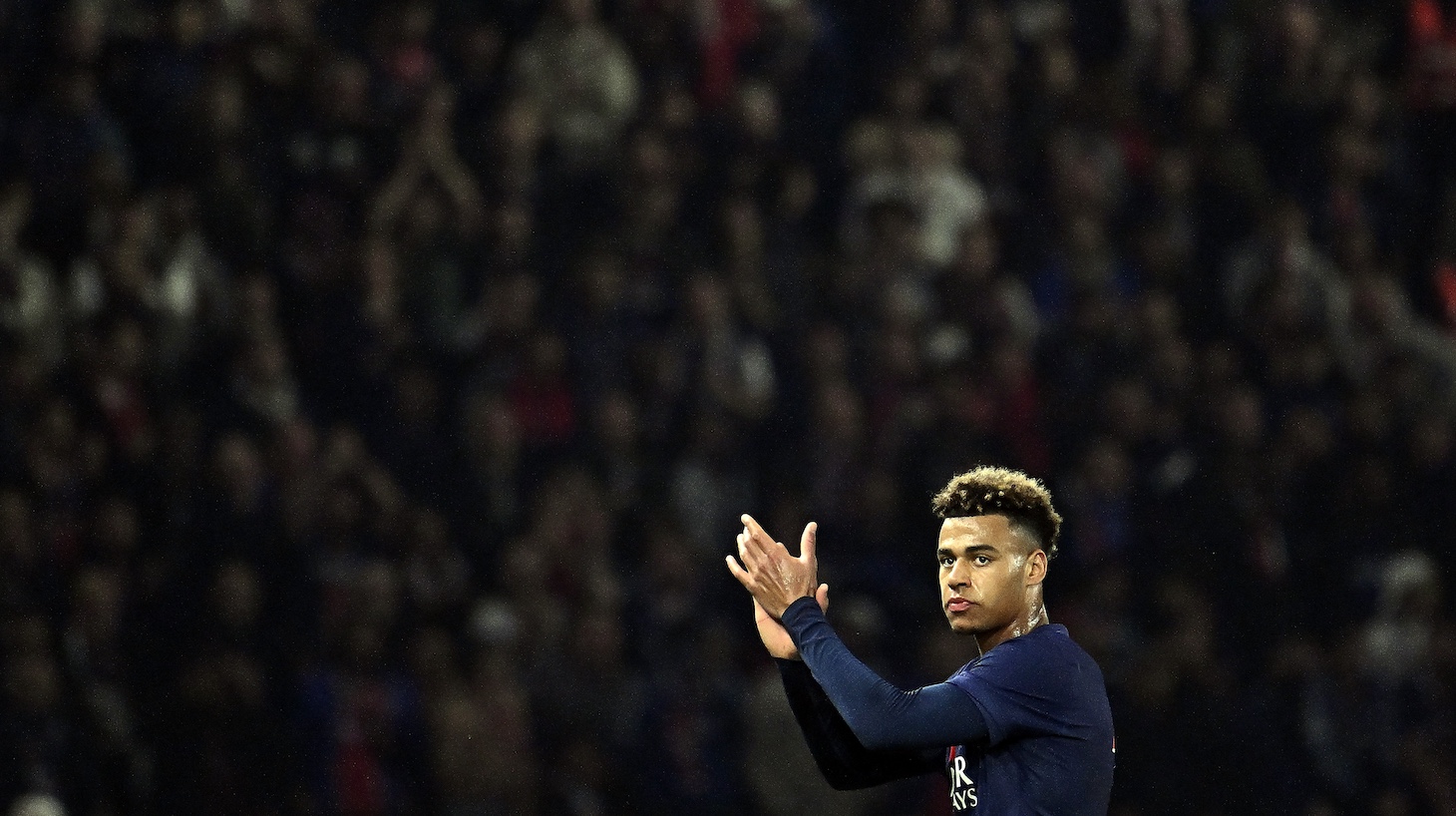College football's meta game of musical chairs has lasted more than five years now. The combination of new television contracts, an expanded playoff field of 12 teams, and the roster management changes wrought by NIL and the transfer portal has only increased the magnitude of the shifts in conference membership. This hunt for money and better odds at a playoff spot has lead to an influx of movement within what is now considered the Power 4 (the old fifth power, the Pac-12, has been reduced to an insignificant Pac-2). It has also made for a confusing map of teams newly connected for conference play. Despite that, the P4 and that glorified crew over in the Northwest have a new structure that will make a significant impact on the 12-team playoff. In the run-up to a new season of college football, it's important to understand this new conference structure before it all gets swallowed up by the SEC and private equity in the next five years.
The New ACC
The All Clown Conference is now 17 teams deep but is no less stable or definitive in identity. Multiple teams, most notably Florida State and Clemson, are actively fighting to get out of it in favor of independence or the SEC. The new additions are California, Stanford, and SMU, only one of which could reasonably be linked to the Atlantic region. California and Stanford are formerly of the Pac-12, where they were middling teams in an already weak conference. Along with SMU, which moved up from the non-P5 American Athletic Conference, these new teams will not do much to improve the ACC's reputation as a weaker power. They also won't improve the conference's monetary potential, which will not help them in keeping the FSUs and the Clemsons in the long term.
California
Cal is still coached by Justin Wilcox and is mostly fueled by star running back Jaydn Ott. In their inaugural season, Cal will face the ACC's full gauntlet, opening conference play with FSU and Miami back to back. They have an easier out-of-conference series with Auburn and Oregon State, before facing their fellow new ACC entrants Stanford and SMU to end the season.
Stanford
Troy Taylor begins his second season at Stanford in a whole new conference. Stanford's schedule is similar to Cal's in toughness, though the Cardinal's harder opponents are spaced out: a matchup against Clemson at the end of September, then Notre Dame in mid-October, and NC State to start November.
SMU
SMU has the lightest schedule of the three, with only a late September game against Florida State as their lone opponent ranked in the preseason. Their out-of-conference schedule is light on P5 opposition, though one of those includes the season opener against Nevada.
The New Big Ten
The new, 18-team Big Ten now includes Oregon, USC, UCLA, and Washington. This introduces a lot of high-flying offense to the conference's tradition of immovable defenses and line play. It's a big year for the Big Ten. Michigan, Ohio State, Iowa, USC, Washington, Oregon, and Penn State all have the potential to make the playoff, and at least half of them SHOULD make it there in order to consider this a successful season. And Wisconsin is always lurking somehow, someway. Luckily, the Big Ten has made it very clear what will happen in the event of any sort of tie.
Oregon
Dan Lanning was a hot coaching commodity coming out of last season, and very notably chose to stay in Oregon over taking over for Nick Saban at Alabama. Lanning might as well be a folk hero now, but Oregon will need to prove that they're capable of going the distance, particularly without their QB Bo Nix. They've got Dillon Gabriel now, who transferred out of Oklahoma, and at least he's used to a high-flying offense. Oregon has a big-time in-conference matchup against Ohio State in October and then Michigan in November, but at least they avoided USC.
UCLA
Chip Kelly is out the door where his relevancy already was; in his place is DeShaun Foster, a former assistant coach, ready to make his mark as the Bruins begin their stint in the Big Ten. UCLA has a stacked schedule with back-to-back-to-back face-offs against LSU, Oregon, and Penn State, and a separate tough run against Iowa, Washington, and USC to close the season.
USC
All the shine has faded off of Lincoln Riley, who now looks like merely a slightly smarter Kliff Kingsbury. Alex Grinch is gone, so if the defense is still bad there won't be another fall guy, and as capable as all Riley QBs are, there's going to be a major drop-off coming after Caleb Williams. USC opens the season with LSU, and a couple weeks later meets Michigan followed by Wisconsin. In mid-October, they'll go against Penn State and end the season against Notre Dame.
Washington
Kalen DeBoer took Washington to the brink of a championship and then said adios on his way to Tuscaloosa to succeed Nick Saban at Alabama. Jedd Fisch is now the coach after improving things at Arizona over the last three years. Washington's schedule starts light with out of conference play against Weber State, Eastern Michigan, and Washington State. They then open conference play with Northwestern, and have some tough matchups against Michigan, Iowa, and then later USC and Penn State. They end the season with a crucial matchup against Oregon.
The New Big 12
The new Big 12 (Big 16) now features Arizona, Arizona State, Utah, and a returning Colorado. Not to mention that Houston, BYU, Cincinnati, and UCF just joined the conference last year. With all this variety, the Big 12 is easily the most chaotic of the four power conferences. Just the way it should be.
Arizona
Brent Brennan arrives from San Jose State to start his first year at Arizona on their first season within the Big 12. Suffice it to say, I expect them to be a work in progress but with potential upside. Luckily, their schedule isn't exactly a gauntlet: they face their fellow new Big 12 entrants Utah, Colorado, and Arizona State, and they will see Texas Tech, BYU, West Virginia, UCF, and Houston in succession.
Arizona State
Kenny Dillingham starts his second season at ASU as they enter a new conference. ASU was bad last year in the Pac-12 and there's no reason to believe they'll be better in the Big 12. They are going to be the punching bag for a lot of teams on their schedule, particularly Mississippi State, Kansas (bet you never thought you'd hear that!), Utah, Oklahoma State, and Kansas State. But it's Arizona State, so at least the fanbase will be properly drunk through it all.
Utah
Kyle Whittingham's Utes are consistently good, never quite great, but never ever bad. They bring that consistency to the most inconsistent conference. One of these things will have to give, you would presume. The schedule leans in Utah's favor, opening with Southern Utah, Baylor, and Utah State. Then they face real tests with Oklahoma State and Arizona. In the second half of the season, things might get dicey with a run of always frisky teams TCU, Houston, BYU, Colorado, Iowa State, and UCF to close the season. Will they be in playoff contention or will they end just above .500? It can really go either way.
Colorado
And now we arrive at CFB's most intriguing team. Colorado in "Coach Prime's" second season. The team is still kind of a mess. The quarterback Shedeur Sanders is elite(ish) and Travis Hunter is a star, but the offensive line has been patched together and the team is still as noisy as they were last year. But now they're in the Big 12, a conference that's not as top heavy as the Pac-12 but one in which no team is ever that much better or worse than the others. This could be good or bad for Deion's program. The schedule, like last year, has potential cupcakes early starting with North Dakota State, Nebraska, and Colorado State (in a potential revenge game). The road gets tougher after that, with back-to-back matchups against Kansas State and Arizona in October and a brutal run of Utah, Kansas, and Oklahoma State to end their season.
The New SEC
The bullies on the block are holding onto the most lucrative brand in college football, and they know it. Because of that, they've been stingy when handing out new spots. This season they have only added two new teams, Oklahoma and Texas, but it was grabbing those two that started college football's realignment arms race. And while the SEC will almost certainly expand and become the super-conference of the sport, they are in no rush to do anything except swing their junk around the NCAA and its various by-laws. The SEC has eight teams that should be in real contention for the playoff and they also have some new convoluted tiebreaker rules that could potentially create some fun.
Oklahoma
This is a key year for the Brent Venables regime at Oklahoma. Year 3 is when potential has to start paying dividends. The fact that this is Oklahoma's SEC debut season only adds to the pressure. It's not like the man will get fired if things go badly, but there does need to be some real advancement, particularly against rival Texas and the SEC B-team of Auburn and South Carolina. The Sooners' early schedule is a good mix of tough matchups against Tennessee, Ole Miss, and Alabama and manageable out of conference games against Houston and Tulane.
Texas
Have you heard the good news? Texas is back. Just ask Texas fans. No one feels better after losing a playoff game than those guys. Steve Sarkisian and Texas have high expectations this year, even more so than usual. Quinn Ewers is back at quarterback (sorry, Arch Manning) and they've got some needed RB depth and new additions from the transfer portal to help fill out their roster. But they've got a pretty tough schedule in front of them as they try and go for gold. They face Michigan in their second week and then they have Oklahoma and Georgia in back-to-back weeks in October. After that, they face an all-star roster of middling SEC teams before ending the season with their renewed rivalry game against Texas A&M, which has the potential for any amount of chicanery.
The New Pac-12
Oregon State and Washington State!
Due to the dissolution of the Pac-12 into a Pac-2, the remaining teams have more or less been banished into an alliance with the Mountain West for three home games and three away games. Good night, Pac-12 after dark, you sweet prince.
The 12-Team Playoff
The 12 teams in the playoff will be selected based on the four highest-ranked conference champions, which will receive a first-round bye. The fifth conference champion will be seeded wherever they are already ranked or at No. 12 if they're outside the top 12. But wait—who will that fifth conference champion be if the Pac-12 has more or less been discarded? Good question; perhaps someone on the committee should've clarified that. Luckily, nobody will argue over the details or the specifics of a college football playoff.
At any rate, teams 6-12 will be the highest ranked non-conference champions, selected by the selection committee. The eight teams seeded 5-12 will play in the first round with the higher seeds hosting the lower seeds at their home stadium or a location set by the higher seeds. The selection committee will then assign the top four conference champions to specific playoff quarterfinals hosted by the bowls. The bowl assignments get a little funky here, as they are based on historic bowl relationships rather than the rankings: "For example, if the Sugar Bowl hosts a Playoff Quarterfinal and the SEC champion is ranked No. 1 and the Big 12 champion is ranked No. 3, the SEC champion would be assigned to the Sugar Bowl and the Big 12 champion would be assigned elsewhere."
After that, the four playoff quarterfinals will be dictated by the bracket: 1 vs. the 8/9 winner, 2 vs. the 7/10 winner, 3 vs. the 6/11 winner, and 4 vs. the 5/12 winner. The bracket will follow the committee's rankings with no modifications or re-seedings made to avoid rematches or inter-conference games. And the highest seed will get preferential placement for the semifinal bowl assignment.
See you on the other side of the bracket!






